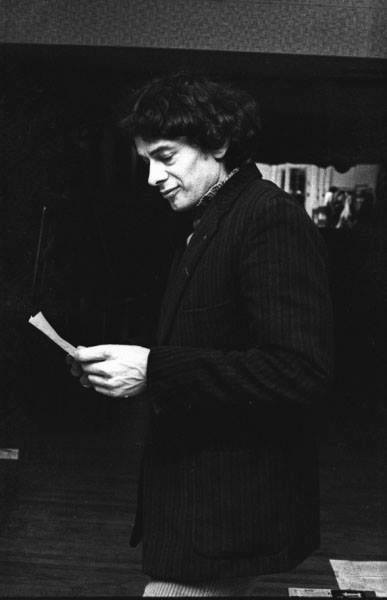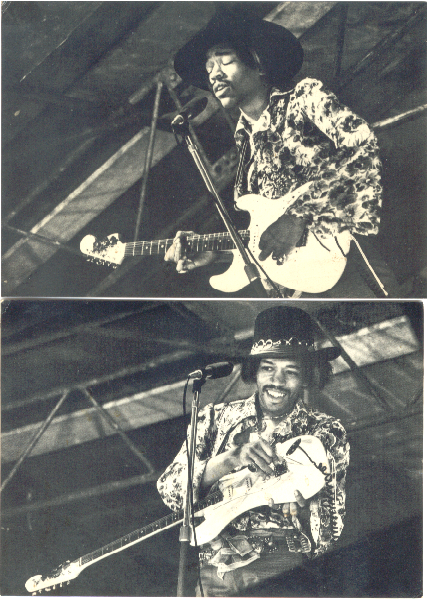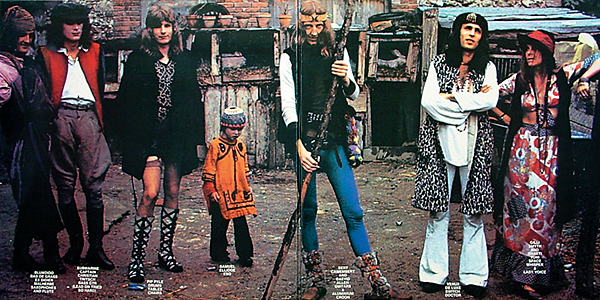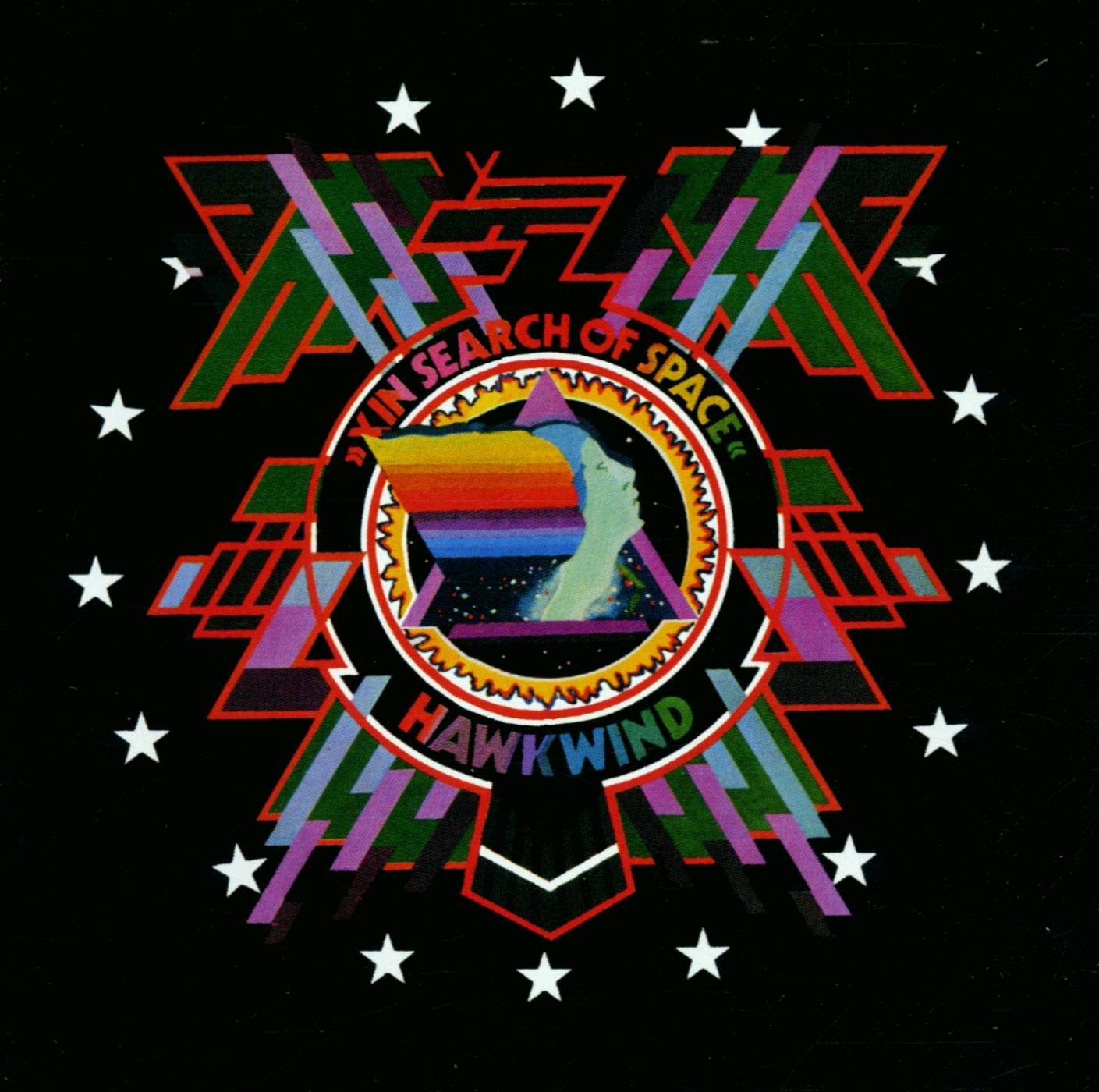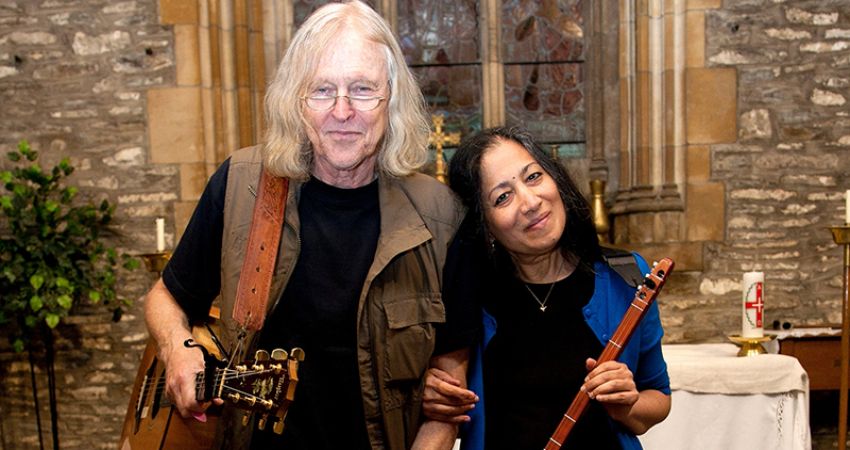Sometime in 2003, Errol Linton – the leader of the band in which I played – had mentioned that we had a gig at the Park Tower Festival in Tokyo, Japan at the end of the year. I believed him a lot. But sure enough, in the Autumn we all had to troop down to the Japanese Embassy in Piccadily and get our visas. So far so good.
A couple of weeks before departure, I did my back in. I mean I really did my back in. I was having a shower and something went click and I doubled over in agony. I could barely climb out of the bathtub. I went upstairs on my hands and knees and phoned one of my students who was a fitness trainer.
“Get yourself to a chiropractor” he said.
“But I can hardly move!” I cried.
“Get yourself to a chiropractor or it will get worse,” he said with terrible certainty. So I looked up a chiropractor in the phone book (those were the days) and made an emergency appointment with a man in Paddington: Dr Ashton Vice – surely the most apt name for a chiropractor. Getting down the stairs, getting myself into a taxi – it all seemed to happen in very slow motion and every movement was blistering pain. But Ashton Vice was great. He sorted me out. A terse, abrupt South African, he x-rayed me and put me on one of his weird machines which sent electricity up my spine while he went off to look at the x-rays. He came back with a triumphant air.
“Look at this,” he said. “Would you build a house on that foundation?” He pointed to a kink at the base of my spine. “Congenital scoliosis,” he said with finality. “There was something wrong with your mum’s baking powder.”
Although I could see the humour, something in me railed at this.
“How dare you insult my mum’s baking powder!” I said. Ashton shrugged. It made horrible sense. My mother had always nagged at me for my dreadful posture, now I saw why. And it was all her fault! Fat lot of good this knowledge did me. “Why now?” I asked Dr Vice. He shrugged again.
“It could have happened at any time” he said. He gave me a bunch of exercises to do and prescribed me an industrial strength painkiller. I got myself home again, slowly realising that this whole business was going to bankrupt me. Visits to a chiropractor are not cheap. Neither are taxis. I was perennially broke as musicians are. I did the exercises, took the painkillers. They made me feel sick and sluggish. Horrible. The hell with this, I said to myself, I need some good strong weed. So I phoned a mate who I knew would be able to help me out (thank you, Paddy, eternally) and obtained a little bag of contraband. I still smoked tobacco in those days so I rolled myself a little joint and smoked it. I got absurdly stoned and forgot all about my back pain. I had my medicine.
At my next appointment with Dr Vice I told him what I had done. He laughed heartily.
“That’s exactly the right thing, but I’m not allowed to prescribe it.” I told him I had to go to Japan the following week, for work. He laughed again. “You’re not going anywhere.”
“But I HAVE to go!” I cried. “There are many people depending on it.” He looked at me hard and long.
“OK, mate. We’ll get you to Japan”
He told me not to sit down for too long otherwise I wouldn’t be able to get up again and he wrote a letter for me to hand to the airline staff, requesting an upgrade on medical grounds. (This proved hilarious. I showed it to the airline staff as I boarded. They took it very seriously. “Yes of course, Mr Blake. That will be £500 please.” I didn’t get my upgrade.) I had set out to Heathrow with my cheap Stratocaster in a soft case. No way was I going to fly my Gibson. I had mixed a generous dose of my medicine into a yogurt and ate it in the departure lounge. A couple of hours into the flight and nothing had happened. Damn, I didn’t put enough in, I thought. Then it kicked in. Oh boy… I wandered around the plane, grinning stupidly. I went in and out of First Class. They kicked me out. I went back. They kicked me out. It was quite a game. Next thing I knew I was standing in line at immigration at Tokyo airport, still stoned out of my gourd. “Are we in Japan yet?” I asked Errol and Jean-Pierre and Sam. “Shut up Adam” they said – not unreasonably.
We were met by the promoter, driven into the city, shown into a hotel. It was all happening in a dream. We each had our own rooms. Luxury. The loo seat washed your bum after you had used it. Weird. I did my exercises, kept the back pain at bay. We went out for dinner to a local restaurant. Of course, none of us could read Japanese and the restaurant staff didn’t speak English. We would stand up as waiters walked past with dishes and say: “That! Can we have that please?” We got along OK. We got fed. Across the street from the hotel was a service station and I lived for the next three days on rice and seaweed which was their equivalent of junk food. I bet it’s Americanised now. Anyway.
We were driven to the venue which was just round the corner and sound checked. Also on the bill for the two nights was the legendary Clarence ‘Gatemouth’ Brown. Blues buffs will know him as a great man – guitar and violin virtuoso from Vinton, Louisiana. He was nearly 80 when we met him and he wore a big Stetson hat. He played with the absolute authority of a master. Jean-Pierre and I watched his set from the back of the hall on the first night. At one point, Jean-Pierre turned to me and said: “He invented this stuff.” Yep, he sure did. He was very friendly and on the second night he invited us all up for a jam – one by one. I got up there with my cheap Squier Strat and he motioned for me to take a solo. This I did. Don’t pinch me, I thought. I don’t want to wake up. I am jamming with Clarence ‘Gatemouth’ Brown in Japan. It was all over very quickly and I fell back into the dressing room, completely overwhelmed. The festival was a tax loss for Wild Turkey bourbon and there was masses of it backstage. Anyone who knows me knows that I cannot really drink alcohol. I got absolutely paralytic on this stuff. You know when you get to that point when all you want is for the room to stop spinning and to go to bed? Well I got there in record time. Only trouble was, bed was in a hotel in Tokyo. All the street signs were in Japanese. It was night time. Somehow, and I really have no idea how, some homing instinct took over and I found my way back to my hotel room. The next morning I was told that by leaving so soon, I had missed out on a party/ jam session that had been a gas. What can I say? I’m a lightweight.
Also on this trip I visited the Buddhist Centre where I was treated like visiting royalty. They didn’t know I was coming, they just treat people well. “You want guidance?” I was asked. How could I refuse. I was shown into an office with an interpreter and a very old Japanese Buddhist lady. She must be dead now, bless her. She was awe-inspiring. Turned out she was very interested in mathematics and astronomy. We talked about how far prayer can travel through the universe. She told me that I must be specific with the Shoten Zenshin (protective gods). Tell them what I want and get to the point. Oh yes… I will always be grateful to her.
I can’t remember anything about the long journey home. Really nothing. I was completely done in. In a good way. I went to Japan with a bad back. Jammed with a blues legend, got drunk and received guidance for life.
And it’s all thanks to Errol. Nice one, mate. I owe you.

